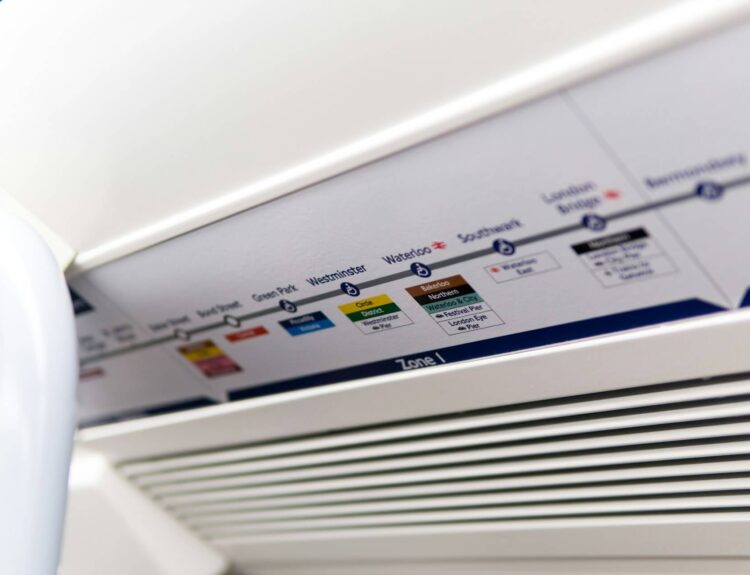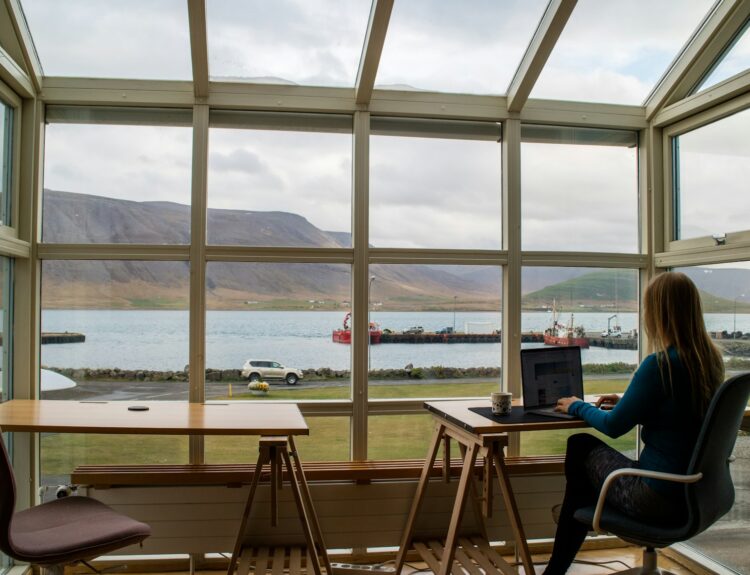Routine creates comfort, but it can also lead to stagnation. When every day feels identical to the last, life loses its spark, and excitement fades into background noise. The solution doesn’t require expensive vacations or dramatic lifestyle changes—it lies in the power of micro-adventures.
Micro-adventures are small, accessible experiences that inject novelty and excitement into your regular schedule. These brief escapes from routine can happen during lunch breaks, weekends, or even on your commute home.
They emphasize spontaneous living and daily fun over elaborate planning and significant financial investment.
The beauty of micro-adventures lies in their accessibility. Unlike traditional travel that demands time off work and substantial budgets, these experiences work within your existing constraints while delivering genuine satisfaction and renewed energy.
Whether you have thirty minutes or three hours, micro-adventures can revitalize your perspective and reconnect you with the joy of discovery.
This guide explores practical strategies for incorporating micro-adventures into your life, from exploring local travel opportunities to embracing spontaneous decisions that break predictable patterns.
You’ll discover actionable techniques for finding adventure in familiar surroundings and maintaining momentum even when busy schedules threaten to derail your intentions.
Understanding Micro-Adventures
Defining Your Adventure Parameters
Micro-adventures prioritize impact over duration or expense. These experiences might last anywhere from fifteen minutes to a full day, but they share common characteristics: accessibility, spontaneity, and the ability to shift your mental state from routine to engaged exploration.
The concept differs from traditional adventure travel by focusing on what’s possible within your current circumstances rather than requiring major planning or resources.
A micro-adventure might involve trying a new walking route through your neighborhood, visiting a local museum during lunch, or having a picnic in an unfamiliar park.
The key is approaching familiar environments with fresh curiosity and intentionally seeking experiences that deviate from your normal patterns. This shift in mindset transforms ordinary locations into sources of discovery and excitement.
Building an Adventure Mindset
Successful micro-adventuring begins with recognizing opportunities that already exist around you. Most people pass dozens of potential adventures daily without noticing them—interesting architecture, hidden parks, unusual businesses, or scenic overlooks that never make it onto tourist maps.
Developing an adventure mindset means cultivating curiosity about your immediate surroundings. Start paying attention to details you normally overlook: the history of buildings you pass regularly, the variety of local businesses within walking distance, or natural features you’ve never explored.
This awareness creates a foundation for spontaneous living by helping you recognize moments when small detours or unexpected choices could lead to memorable experiences.
The goal is shifting from autopilot navigation through your environment to active engagement with possibilities that surround you daily.
Planning Spontaneous Experiences
Creating Flexibility Within Structure
Effective micro-adventuring balances intentionality with openness to unexpected opportunities. While complete spontaneity sounds appealing, most people benefit from creating structures that make adventure more likely while leaving room for serendipitous discoveries.
Consider designating specific time slots for potential adventures—perhaps Saturday mornings or Wednesday evenings—without predetermined activities. This approach reserves time for exploration while maintaining flexibility about what form that exploration might take.
You might also maintain a running list of local possibilities: restaurants you’ve never tried, trails you’ve driven past but never walked, or events mentioned in community calendars. Having options readily available makes it easier to act on adventurous impulses when they arise.
Embracing Last-Minute Decisions
Spontaneous living requires comfort with imperfect information and unplanned outcomes. Many potential micro-adventures never happen because people wait for ideal conditions or complete certainty about what to expect.
Practice making quick decisions based on curiosity rather than guaranteed outcomes. If you notice an interesting event happening nearby, consider attending even if you don’t know exactly what to expect.
If weather conditions create unexpected beauty—like fog, snow, or dramatic clouds—adjust your plans to experience these temporary conditions.
The goal is to develop confidence in your ability to create positive experiences through exploration and adaptability rather than extensive research and planning. Most micro-adventures succeed simply because they break routine and engage your attention in new ways.
Building Adventure Accountability
Sharing your micro-adventure intentions with friends or family members can increase follow-through while creating opportunities for shared experiences. Some people benefit from adventure partnerships where they take turns suggesting spontaneous activities for each other.
Social media can also support accountability by documenting micro-adventures and inspiring others to try similar experiences.
Sharing photos or brief stories about your discoveries creates positive reinforcement while building a record of how small adventures accumulate into significant life enhancement.
The key is finding accountability systems that encourage action without creating pressure that diminishes the joy of spontaneous exploration.
Discovering Local Travel Opportunities
Mining Your Immediate Surroundings
Local travel often begins with expanding your definition of “local” beyond your immediate neighborhood. Within a reasonable driving distance, most areas contain far more diversity and interest than residents realize.
Start by researching attractions, natural areas, and cultural sites within a 30-60 minute radius of your home. Tourism websites for nearby cities often highlight locations that locals take for granted or never knew existed.
State and regional park systems frequently offer hiking trails, historical sites, and recreational opportunities that require minimal planning. Consider approaching familiar areas from new angles—literally and figuratively.
Drive different routes to common destinations, explore neighborhoods you normally pass through quickly, or visit familiar places at unusual times of day when lighting and activity levels create different experiences.
Seasonal Adventure Strategies
Each season offers unique micro-adventure opportunities that disappear quickly if not seized. Spring might bring wildflower blooms to local trails, summer could offer outdoor concerts or farmers’ markets, fall presents foliage viewing opportunities, and winter creates conditions for different types of outdoor activities.
Developing seasonal awareness helps you recognize time-sensitive opportunities and plan micro-adventures around natural cycles. Subscribe to local event calendars, follow regional social media accounts, or join community groups that share information about seasonal activities.
The goal is staying attuned to what’s happening around you so you can capitalize on opportunities that align with your interests and available time. Many of the best local experiences have narrow windows of availability that reward those who pay attention and act quickly.
Urban Exploration Techniques
Cities and towns contain layers of history, culture, and activity that most residents never fully explore. Urban micro-adventures might involve architectural tours, ethnic neighborhood exploration, public art discovery, or investigating local music and food scenes.
Try the “tourist in your own city” approach by researching your area as if you were visiting for the first time. Read guidebooks, take organized tours, or follow suggested itineraries designed for visitors. This perspective often reveals attractions and activities that locals overlook.
Consider exploring different urban environments at various times—business districts during lunch hours, residential neighborhoods in the evening, or cultural areas during weekend events. Each timing creates different energy and opportunities for connection with your local community.
Incorporating Daily Fun Into Routine Activities
Gamifying Ordinary Tasks
Daily fun often emerges from finding creative approaches to necessary activities rather than adding completely new commitments to your schedule. Routine tasks like grocery shopping, commuting, or exercising become opportunities for micro-adventures when approached with playful creativity.
Try setting small challenges for yourself: find three ingredients you’ve never cooked with during grocery trips, take a different route to work each day for a week, or attempt to identify ten new bird species during regular walks.
These modifications require minimal additional time while transforming mundane activities into engaging experiences. The key is maintaining curiosity about familiar processes and looking for ways to inject novelty without significantly disrupting efficiency or effectiveness.
Creating Micro-Celebrations
Daily fun also comes from acknowledging and celebrating small accomplishments that usually pass unnoticed. Completing a challenging project, learning something new, or successfully navigating a difficult conversation all deserve recognition.
Micro-celebrations might involve treating yourself to a special coffee, taking a brief walk in a beautiful location, or sharing your accomplishment with someone who cares about your progress. These acknowledgments create positive punctuation marks in ordinary days.
The goal is to develop awareness of moments worth celebrating and permitting yourself to mark these occasions appropriately, even when they seem small compared to major life milestones.
Building Anticipation and Variety
Routine becomes problematic when it eliminates anticipation and surprise from daily life. Combat this by introducing small variations that create positive uncertainty about what each day might bring.
This might involve rotating between different lunch locations, varying your weekend morning routine, or trying new approaches to familiar hobbies. The changes don’t need to be dramatic—small shifts often generate significant improvements in engagement and satisfaction.
Consider creating themes for different days or weeks that guide micro-adventure choices without eliminating spontaneity. “Museum Monday” or “Trail Thursday” provides loose frameworks for exploration while maintaining flexibility about specific activities.
Embracing Your Adventure Potential
Micro-adventures offer a realistic pathway to increased vitality and engagement without requiring dramatic life changes or significant resources. By focusing on local travel opportunities, spontaneous living practices, and daily fun integration, you can transform routine experiences into sources of genuine excitement and discovery.
The most important step is beginning with small experiments that feel manageable within your current circumstances. Choose one micro-adventure technique that resonates with you and commit to trying it within the next week.
Success builds momentum that makes larger adventures feel more accessible over time. Remember that the goal isn’t constant stimulation or endless novelty—it’s maintaining connection with curiosity and wonder that enriches ordinary life.
Start where you are, use what you have available, and trust that small adventures accumulate into significant improvements in life satisfaction and personal growth.





